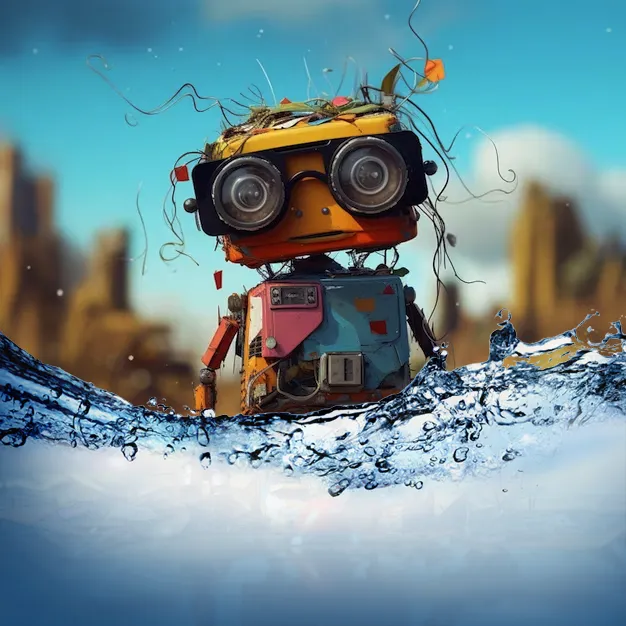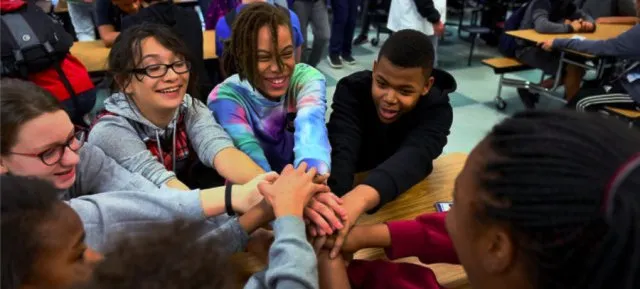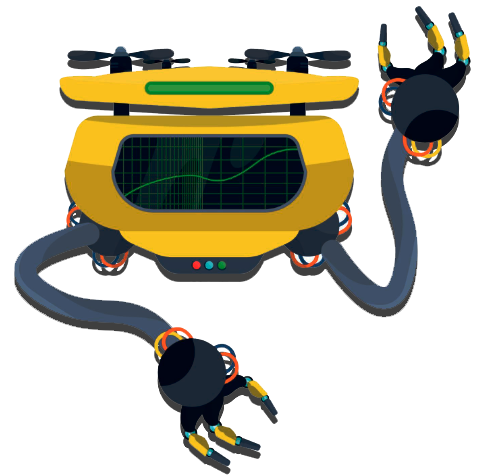Unlocking Future Innovators: The Joy of STEM
In a world that’s rapidly advancing, the bright minds of today’s youth hold the key to tomorrow’s technological marvels. At the heart of this progression lies STEM—science, technology, engineering, and mathematics. These fields are not just academic disciplines; they are the pillars that support the bridge leading to the future. But how do we ensure that this bridge is walked by a diverse and enthusiastic group of future innovators? How do we spark a passion for STEM in all students, including those traditionally underrepresented in these fields?

The Challenge: Engaging the Next Generation
Why STEM Matters?
STEM is more than just an acronym; it’s a necessity for solving the complex puzzles our world faces. From combating climate change to advancing healthcare, STEM professionals are at the forefront of innovation. Yet, attracting a diverse pool of young talent to these fields remains a significant challenge.
The Diverse Faces of STEM Diversity in STEM isn’t just about fairness or representation; it’s about unlocking unique perspectives that drive innovation. How do we then encourage girls, minorities, and other underrepresented groups to see themselves as the future of STEM?
STEM In The Gaming Industry
The gaming industry has increasingly embraced STEM (Science, Technology, Engineering, and Mathematics) principles to create innovative and engaging experiences for players. One such game exemplifies this trend by encouraging players to engage in probabilistic thinking and strategic decision-making. This unique approach provides an entertaining platform that not only captivates audiences but also highlights the practical applications of technology and mathematical concepts in everyday scenarios. By integrating these elements seamlessly into gameplay, the game inspires curiosity and potentially sparks an interest in STEM fields among its users, fostering a deeper appreciation for the role of STEM in shaping the world of gaming and beyond.
WaterBotics: A Pathway to Innovation
What is WaterBotics?
Enter WaterBotics—a groundbreaking program that merges the thrill of innovation with the foundations of STEM. It’s not just a curriculum; it’s a journey into the heart of science, technology, engineering, and mathematics through the exciting world of underwater robotics.
The Curriculum That Inspires
Designed for middle and high school students, WaterBotics allows teams to design, build, program, and test underwater robots. Using LEGO® and other components, students face design challenges that grow increasingly complex, culminating in a robot capable of navigating a three-foot-deep pool.
Learning Through Doing
The essence of WaterBotics lies in its hands-on approach. It introduces students to iterative design, a core principle in engineering, highlighting the importance of testing and redesign. This hands-on experience is invaluable, providing lessons that textbooks alone cannot teach.
The Impact of WaterBotics
Sparking Interest in STEM
Feedback from participants is overwhelmingly positive, with many students expressing a newfound interest in STEM subjects. This enthusiasm is the first step toward a lifelong journey in these critical fields.
Beyond the Classroom
WaterBotics isn’t confined to the traditional classroom setting. Its adaptability to after-school and summer camp programs ensures that STEM learning continues year-round, engaging students in an educational journey that is both fun and meaningful.
The Future of STEM Education
Building a Diverse Workforce
The goal of WaterBotics and similar programs is clear: to build a more diverse and innovative STEM workforce. By engaging young minds from all backgrounds, we’re not just teaching them about technology; we’re preparing them to be the problem solvers of tomorrow.

The Role of Schools and Communities
Schools and communities play a pivotal role in this endeavor. By supporting programs like WaterBotics, they can provide the necessary resources and encouragement for students to pursue their interests in STEM.
Encouraging Collaboration and Creativity
The collaborative nature of WaterBotics fosters not just learning, but creativity. Students learn the value of teamwork, communication, and perseverance, skills that are invaluable in any career path.

Innovation Beyond Boundaries: Bridging STEM and Technology
The drive to inspire young minds through STEM education reflects a universal principle: innovation thrives where creativity meets collaboration. Programs like WaterBotics demonstrate the transformative power of hands-on learning and the importance of challenging traditional boundaries.
This same spirit of innovation can be seen in other industries, such as gaming. A shining example is the Aviator Game, developed by Spribe, which combines advanced technology with interactive design to create a unique and engaging experience for users worldwide.
Just as STEM programs empower students to think critically and solve complex problems, platforms like the Aviator Game showcase the creative potential of technology to build interactive solutions that bring people together. This synergy between education and innovation highlights the importance of embracing diverse approaches to problem-solving in a rapidly evolving world.
A Call to Action
Embracing STEM for a Better Future
As we look to the future, the importance of STEM education cannot be overstated. Programs like WaterBotics offer a glimpse into a future where education is not just about learning facts, but about inspiring the next generation of innovators and thinkers
The Time is Now
The challenge is clear, and the solution is at hand. It’s time for educators, parents, and policymakers to invest in STEM education, to ensure that every child has the opportunity to unlock their potential and contribute to a better world.
In the end, the question isn’t whether we can afford to invest in programs like WaterBotics—it’s whether we can afford not to. The future of our world depends on the innovators of tomorrow, and every step we take today is a step toward a brighter, more inclusive future. Let’s not wait any longer; the time to act is now.


